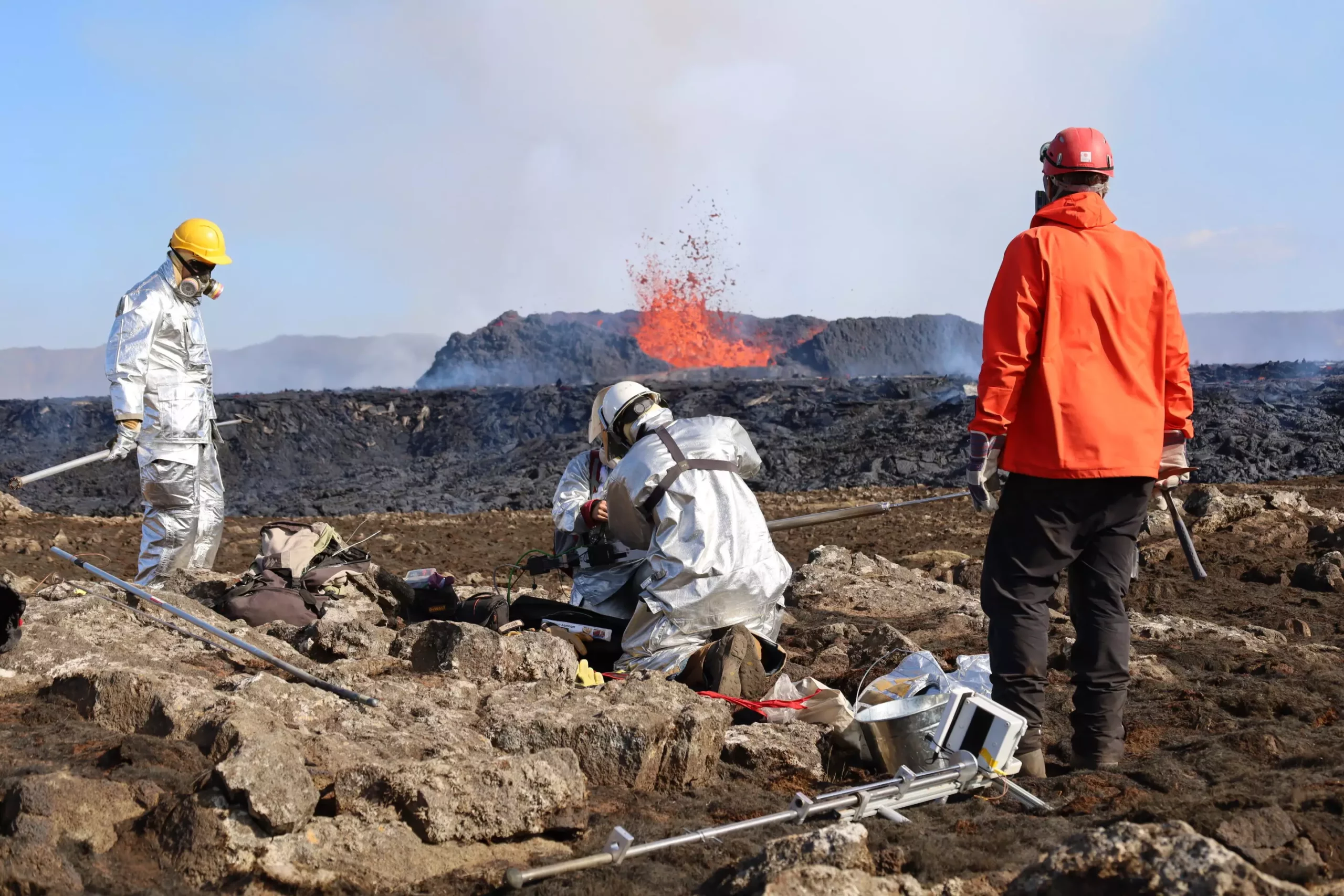The ongoing volcanic eruptions on the Reykjanes Peninsula in Iceland have raised concerns among researchers about the potential for years to decades of continued activity. The region, which houses 70% of the country’s population, as well as essential infrastructure such as the only international airport and geothermal power plants, is at risk due to the recent eruptions that began in 2021. The frequency of the eruptions has led authorities to declare a state of emergency, highlighting the severity of the situation.
With the most recent eruption leading to the evacuation of residents and visitors from the popular tourist spot, the Blue Lagoon geothermal spa, the economic and social consequences are evident. The eruptions, occurring close to the capital city Reykjavík, pose a threat of significant economic disruption. Evacuated communities are left uncertain about when or if they can return to their homes, adding to the anxiety and challenges faced by the local population.
An international team of scientists has been closely monitoring the volcanic activity in Iceland for the past few years. Through the analysis of seismic tomography imaging and lava samples, they have gained insights into the geological processes behind the renewed volcanic era on the Reykjanes Peninsula. The research suggests that the region might experience recurring eruptions for years to decades, and possibly even centuries, based on the data collected.
One of the key areas of focus for researchers is to identify the magma source and storage systems that fuel the eruptions on the peninsula. By studying geochemical and seismic data, scientists have been able to determine that there is likely a shared magma storage zone below the surface. The isotopic analysis of lava samples from different volcanoes in the area has revealed similarities in their “fingerprints,” indicating a common source of magma.
Despite the advancements in research, scientists are faced with uncertainties when it comes to predicting the duration and frequency of future eruptions. While the recent activity marks the beginning of a potentially persistent volcanic period in Iceland, the irregularity of nature makes it difficult to forecast exact timelines. Discussions are ongoing about the possibility of drilling into the volcanic sites to gain a deeper understanding of the geological processes driving the eruptions.
Volcanologist Ilya Bindeman describes the volcanic activity in Iceland as a “natural laboratory,” offering scientists a rare opportunity to study actively erupting fissures. While the eruptions in Iceland are less explosive compared to other volcanic events worldwide, the sheer power of nature that they represent is both astonishing and humbling. Bindeman emphasizes the unpredictability of nature and the need to approach the ongoing volcanic episodes with caution and respect for the forces at play.
The ongoing volcanic eruptions in Iceland present a complex and challenging situation for researchers, authorities, and local communities. With the potential for continued activity over an extended period, the need for ongoing monitoring, research, and preparedness is paramount. The uncertainties surrounding the future of the volcanic episodes highlight the unpredictable nature of geological events and the importance of studying and understanding them to mitigate risks and protect lives and infrastructure.



Leave a Reply